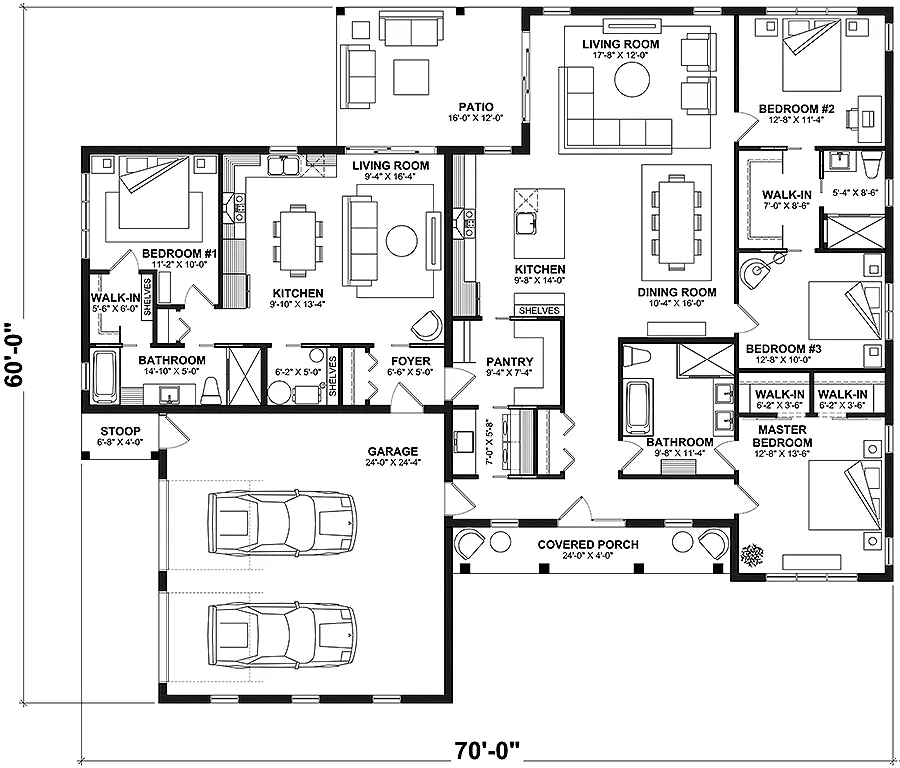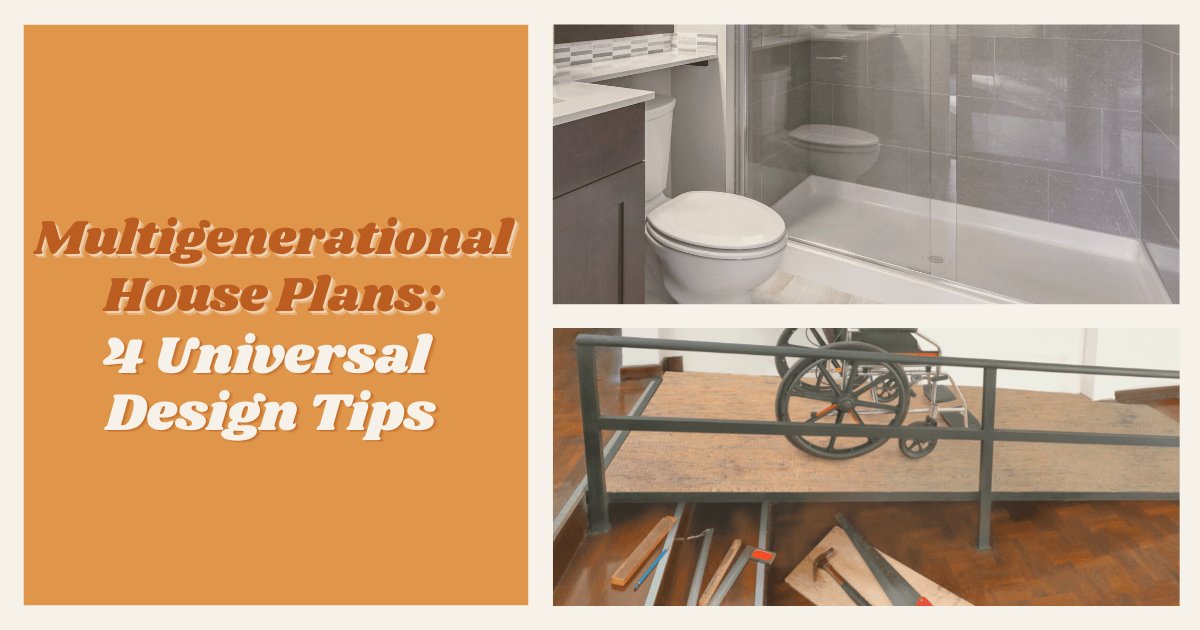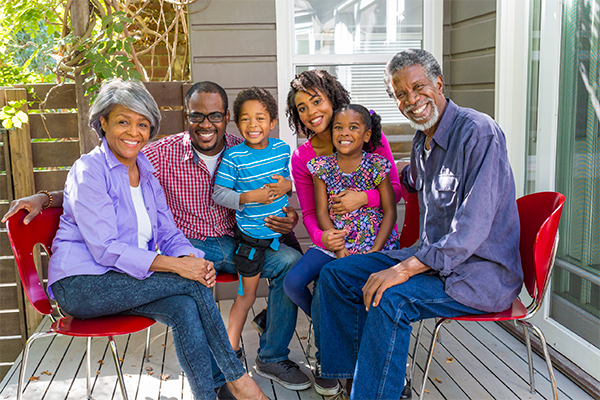Building a shared space for multigenerational families

Building a Shared Space for Multigenerational Families
As the concept of multigenerational living continues to grow in popularity, many families are seeking ways to create harmonious and functional living spaces that cater to diverse needs. For middle-aged individuals aged 40-55 in the United States, building a shared space for multigenerational families can be both a practical and emotionally rewarding experience. This article will explore the benefits, design considerations, and practical tips for creating a thriving multigenerational home.

Introduction to Multigenerational Living
Multigenerational living involves multiple generations of a family living together under one roof. This arrangement has become increasingly common due to economic pressures, the desire for stronger family bonds, and the need for eldercare and childcare support .3 .10. In the U.S., the number of multigenerational households has risen significantly, with 7.2% of family households being multigenerational in 2020 .9.

Benefits of Multigenerational Living
-
Enhanced Family Bonds: Living together fosters deeper connections and shared experiences among family members .3 .15.
-
Financial Benefits: Sharing expenses reduces the financial burden on individual family members .3 .15.
-
Support System: Provides a built-in support system for childcare and eldercare .3 .10.
-
Cultural Exchange: Encourages intergenerational learning and cultural exchange .3 .11.

Designing a Multigenerational Home
When designing a multigenerational home, several key elements must be considered to ensure harmony and functionality.

Prioritizing Privacy
-
Zoning: Divide the home into distinct zones for each generation to maintain privacy .2.
-
Flexible Rooms: Use movable partitions or foldable walls to create private spaces as needed .6.
-
Separate Entrances: Provide separate entrances for different generations to enhance privacy .7.

Enhancing Shared Spaces
-
Open-Plan Living: Combine kitchen, dining, and living areas to encourage interaction .2.
-
Communal Storage: Use built-in storage solutions to keep shared spaces organized .2.
-
Outdoor Spaces: Incorporate outdoor areas like patios or gardens for family gatherings .6.

Designing for Accessibility
-
Barrier-Free Design: Incorporate features like wider doorways and non-slip flooring for seniors .2 .6.
-
Kid-Friendly Features: Include soft edges on furniture and dedicated play areas for children .2.

Incorporating Technology
-
Smart Locks and Security: Provide controlled access and peace of mind .2.
-
Automated Systems: Use smart lighting and climate control systems for personalized comfort .2.

Practical Tips for Multigenerational Living
-
Involve the Whole Family in Design Decisions: Ensure everyone’s needs and preferences are considered .7.
-
Create a Shared Family Calendar: Organize schedules to avoid conflicts and plan family activities .12.
-
Establish Communication Channels: Regular family meetings can help address issues promptly .12.

Case Studies of Successful Multigenerational Homes
Several case studies highlight the success of multigenerational living:







